8. Caterpillar (Koji Wakamatsu, 2010)
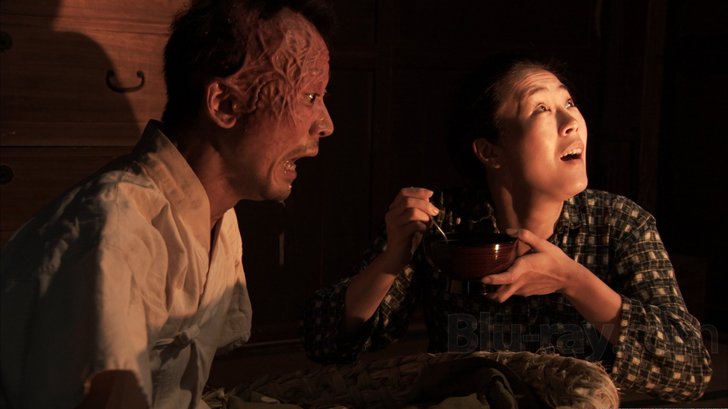
Another filmmaker that could not be absent from this list is Koji Wakamatsu, one of the earliest apostles of the extreme in Japan. The particular film is one of his last works since he died in 2012. However, his distinct morbidity did not seem to have abandoned him, even in his final years.
The story is loosely based on a novel written by Edogawa Rampo, initially published in 1929, whose reprint was permanently forbidden in 1939. At the end of 1930, before the end of the Japan-China war, First Lieutenant Kyuzo Kurokawa returns home from the front in an awful condition. Both his legs and hands are mutilated, he has lost his hearing, and he has severe burns on the right side of his head. However, his country has decorated him three times for his bravery, even naming him “God of War”.
His relatives are shocked by his condition; nevertheless, they attempt, hypocritically, to persuade his wife, Shigeko, that it is an honor taking care of such an eminent man. On the other hand, she manages to overcome her own shock quite rapidly. However, this does not last for long, since she quickly realizes that not only does she have to tend to all of the family’s work, both in the house and in the field, but she also has to satisfy Kyuzo’s biological needs that incorporate his insatiable thirst for sex.
Wakamatsu presents a number of preposterous sex scenes between the protagonists, which are as shocking as Kyuzo’s image. The title literally refers to his condition, since he does not have hands or legs, thus resembling a caterpillar.
Nevertheless, the film incorporates a sharp political remark regarding Japan at the time, and the public’s perception of the empire that amounted to blind obedience. His biggest achievement here lies in the fact that he manages to retain the balance between the drama, the political comment and the satire, throughout a plethora of grotesque scenes.
Shinobu Terajima is sublime as Shigeko, presenting virtually every aspect of human behavior with utmost realism.
7. Rebirth (Izuru Narushima, 2011)
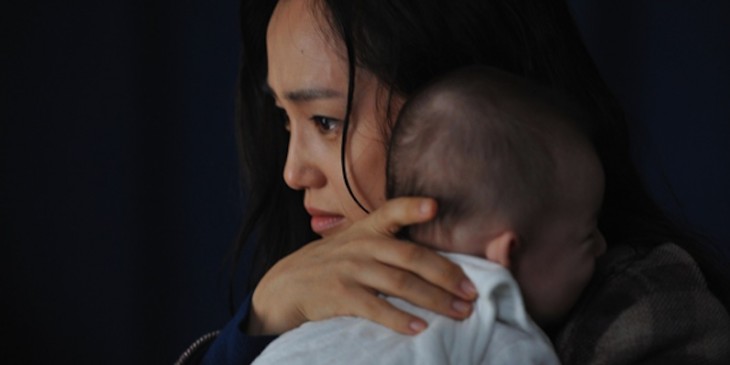
Based on a book by Mitsuyo Kakuta, “Rebirth” won awards from all the major Japanese competitions. The Japanese Academy honored it with 11 awards, essentially declaring it “Movie of the Year” for 2013.
Kiwako Nonomiya retains an enduring relationship with Takehiro Akiyama, a married man who has promised her that eventually he will leave his wife, Etsuko, and live with her. At some point, Kiwako gets pregnant and he convinces her to have an abortion, and in a sad twist, the procedure causes her permanent infertility.
Sometime after that, Etsuko learns about her husband’s relationship and the aforementioned incident and confronts the woman, insulting her by repeatedly referring to her abortion in an attempt to force her to terminate her relationship with Takehiro. At about the same time, Etsuko also gets pregnant.
Kiwako, clearly suffering from Etsuko’s attacks, her newfound infertility and the ending of her relationship with Takehiro, commits an utterly unreasonable act, kidnapping Etsuko’s newborn baby Erina, even renaming her Kaoru.
From that point on, the odyssey of the two begins, since Kiwako, hunted by the police, without any money or help and knowing nothing about babies, roams the streets of Tokyo, finally finding shelter in an organization called House of Angel. The establishment consists exclusively of mothers and their children that, for one reason or another, have ended up without a father.
“Rebirth” mainly consists of a series of flashbacks that can be initially confusing, but as the film progresses and their duration becomes longer, the spectator grows accustomed to them. Nevertheless, it is a film addressed to the committed viewer.
Izuru Narushima took a risk, exposing little Konomi Watanabe (Kaoru) so much in front of the camera, though at the end he certainly won the gamble, since she performed in utter professionalism in spite of her age. Another accomplishment of his is that he managed to portray a character like Kiwako, whose crime is universally considered nefarious, in a way that makes her seem as the true tragic figure of the story, resulting in the audience sympathizing with her in the end.
6. I Wish (Hirokazu Koreeda, 2011)
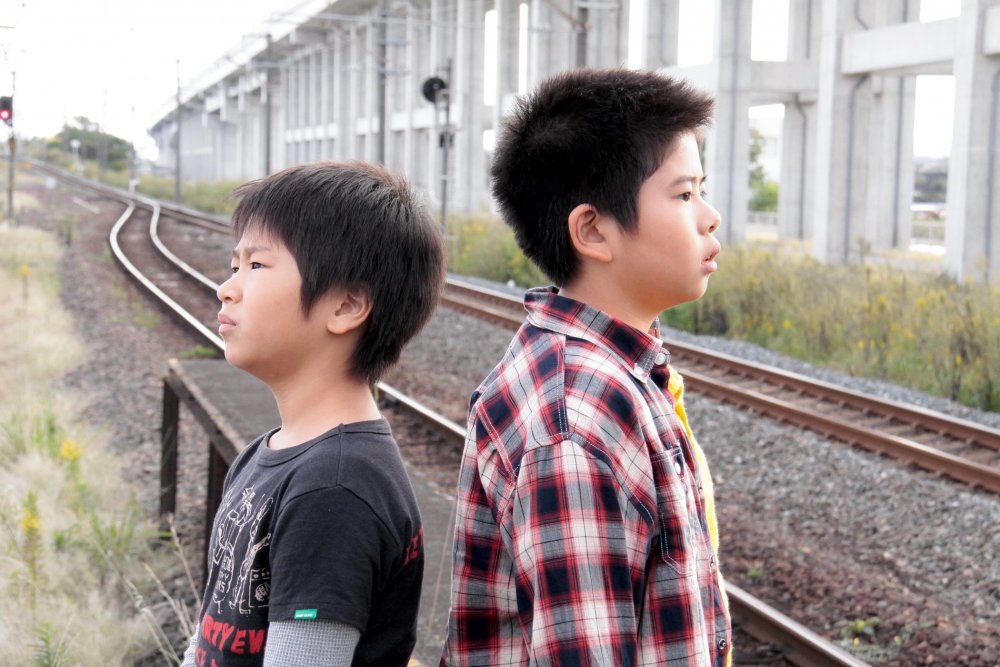
“I Wish” highlights Koreeda’s ability to draw impressive performances from children, this time from real-life brothers Koki and Oshiro Maeda.
The script revolves around two brothers, Koichi and Ryu, who were separated after their parents’ divorce. Nozomi, the mother, has returned to Kagoshima, where she lives with her parents, working at a supermarket. The father, Kenji, stays in Osaka, where he fails to keep any job he gets, instead focusing on his band, in a tendency that led Nozomi to abandon him.
However, the two brothers start to miss each other and Koichi eventually comes up with a plan for them to rejoin, when he learns that that the two newly-built bullet train lines create a supernatural energy at the point where the trains meet each other, and can grant any wish one utters at that moment.
The film eventually becomes a coming-of-age journey for the two kids, to a resolution of their issues that is less than one would expect, but fits perfectly with the permeating realism of the film. In that fashion, “I Wish” deals with everyday life in Japan, particularly regarding children’s lives, while Koreeda also adds some other episodes to the story to make it more entertaining.
Koreeda refrains from taking a clear view on the subject, but makes a clear comment regarding life through Kenji, who at one point states: “There’s room in this world for wasteful things. Imagine if everything had meaning. You’d choke.”
5. Your Name (Makoto Shinkai, 2016)
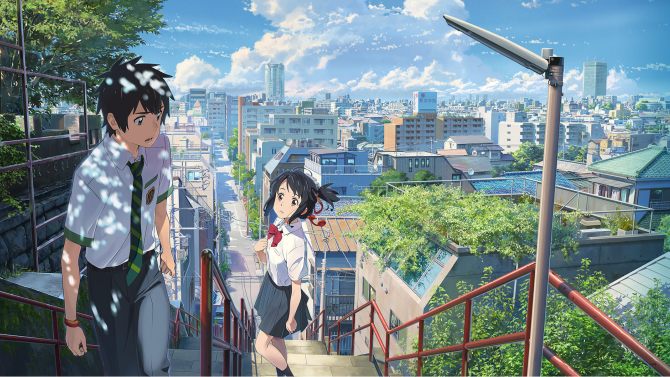
Mitsuha, a high school girl from the small town of Itomori, has a very complicated life. Her mother’s family has been in charge of the local Shinto shrine for generations, and since her father has abandoned them to become the mayor, the task has fallen on her and her sister, under the tutelage of their grandmother. Furthermore, she has started having some very peculiar and very vivid dreams, while she seems to exhibit some strange behaviors at school, which she remembers nothing about.
Eventually, she realizes that occasionally she takes the place of a high school boy from Tokyo named Taki, and vice versa. As the two of them start to fathom what is happening to them, they try to find a code of communication in order to keep their lives from being ruined. After some time, they start getting along, but soon tragedy comes knocking.
Makoto Shinkai took the common concept of ‘changing lives’ and placed it on a completely new and much more meaningful level. Through this notion, he presents his thoughts on concepts like memory, time, family, the Fukushima disaster, human relations, and more than anything, love – a power that transcends everything.
Furthermore, he managed to portray all these in a very entertaining fashion, since the anime elaborately combines comedy with drama, very interesting characters, a sense of nostalgia, and agony, particularly in the end.
Technically, “Your Name” is a true masterpiece, as it features astonishing animation and outstanding drawing. The attention to detail is on such a high level that the overwhelming majority of the frames look like paintings. From the way the sun shines on the sea to the way the leaves of the trees move in the wind, everything has been drawn and animated to perfection. The fact that the production features many different locations, both in rural Itomori and urban Tokyo, heightens this elaborateness even more.
4. Himeanole (Keisuke Yoshida, 2016)
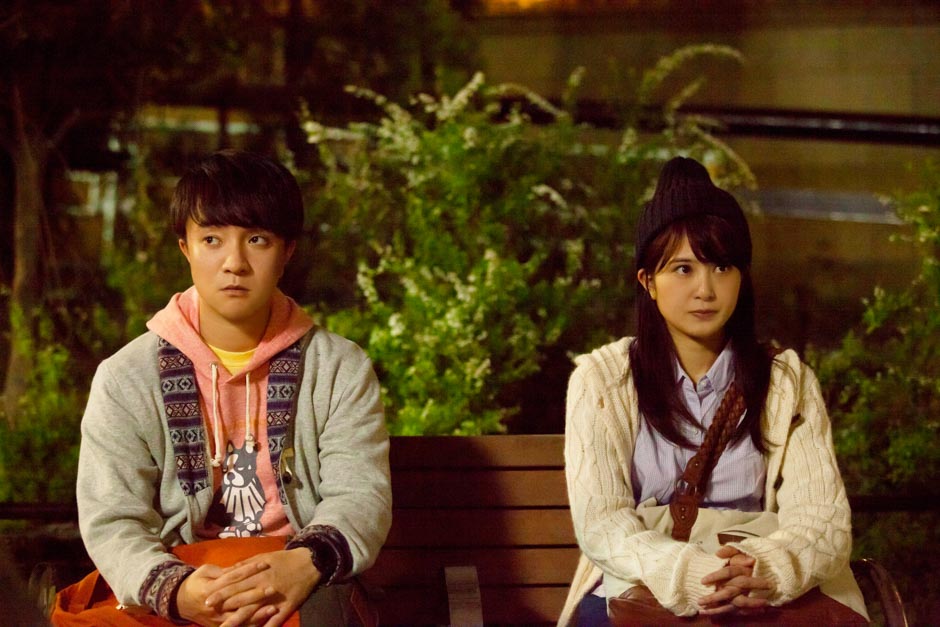
Based on the homonymous manga series by Minoru Furuya, the film starts as a comedy-drama, from the plethora that comes out of Japan. In that fashion, the central heroes are two awkward individuals, Susumu Okada and Yuji Ando, who work for a cleaning company. Yuji talks like a robot and seems to lack any kind of social skills, and Susumu is an unambitious youth who is troubled by the fact that his life seems to have no meaning whatsoever.
Eventually, Yuji tells Susumu that he is in love with a waitress at a cafe, Yuka Abe, and asks his help in getting to know her. The first time they come to the shop, Yuji points out another man who seems to be constantly there, also having an interest in Yuka. This man, Shoichi Morita, proves to be Susumu’s former classmate. Soon, Yuka informs them that Morita is stalking her, and they decide to ‘protect’ her. Furthermore, the girl seems to have a crush on Susumu, bringing him into an awkward position.
The second part, however, changes the focus to Morita, and with that comes a total change in the film itself. Morita proves to be a psychopathic criminal, and starts a killing and raping spree against anyone that gets in his way. His final targets, though, are Yuka and Susumu. Two characters that also appear in the first part, another classmate and his girlfriend, prove to be the ones that instigate this mania.
Keisuke Yoshida manages to elaborately merge two films into one, as the transition between the two parts is utterly smooth, despite their many differences. The fact that the second part, containing violence, gore, and sex, comes after the first one (which could be rated PG-13), is a very unusual tactic, but Yoshida made the most of it.
The same applies to the messages he presents, as the first part shows the lives of the people living on the borders of society and where that can lead them, while the second highlights the consequences of bullying and violence in general.
3. Cold Fish (Sion Sono, 2010)
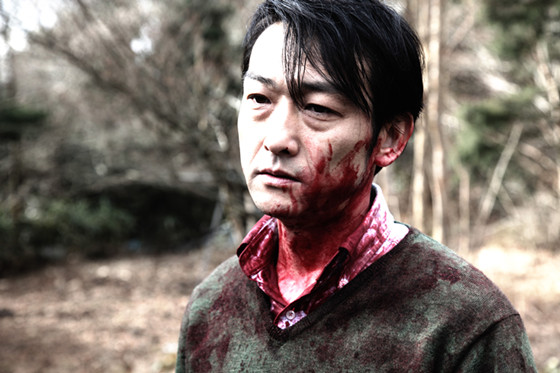
Loosely based on the Saitama serial murders of dog lovers, a case of a married couple who owned a pet shop and murdered at least four people, “Cold Fish” gave Sion Sono the opportunity to present his version of how a serial killer film ought to be like.
Syamoto is a humble and guileless pet shop owner who is taken advantage of by both his spoiled daughter, Mitsuko and his second wife, Taeko. His daughter is an underage delinquent who spends her time flirting and sometimes beating her stepmother.
One night, a grocery shop attendant catches her stealing; however, a peculiarly friendly man, Murata, manages to convince the clerk to not call the police. Furthermore, he is also a pet shop owner and offers to hire Mitsuko in his establishment, which is far larger than Syamoto’s.
Moreover, when Murata, who has become a friend of Syamoto, proposes that the two of them become partners, the poor Syamoto finally believes he has a break in his miserable life. After awhile, he discovers what’s truly hiding behind Murata’s friendly facade and the overwhelming sexuality of his wife.
Borderline violence, extreme gore and sick sex make “Cold Fish” one of the darkest studies on the human psyche, while elements of black comedy and the ironic, social commentary are equally visible throughout the film’s 146 minutes.
Sono, per his words, “wants to depict a sense of total hopelessness,” thus presenting the fact that sometimes people, when faced with extreme situations, simply kowtow instead of reacting violently, as the circumstances dictate. Denden as Murata and Mitsuru Fukikoshi as Syamoto are excellent in the roles of the aggressor and the victim, respectively, while the female leads chiefly impersonate lust itself.
2. Guilty of Romance (Sion Sono, 2011)

“Guilty of Romance” is another grotesque masterpiece and the movie that established Sono as the foremost representative of the genre, surpassing the previous master, Takashi Miike.
The film unfolds in two axes, though without the usual use of flashbacks. The first one, which is loosely based on the 1997 murder of Yasuko Watanabe, takes place in the present. Detective Yoshida investigates a murder incident in Maruyama-cho, a love district in Tokyo, where a dismembered body has been found in an abandoned building. The missing parts have been replaced with the matching ones from a plastic doll.
The second axis, which takes place before the first, focuses on Izumi, a dedicated spouse and housewife who is married to a famous erotic novelist, Kikuchi. He spends most of his days outside his home, trying to find inspiration for his books, and she spends her time trying to brew the perfect tea for him and having his slippers placed the appropriate way. He has given specific instructions for every little thing around the house and she tries to fulfill his orders scrupulously. Although they declare their love for each other frequently, sex is completely absent from their lives.
Everything changes once Izumi decides to seek employment and in the meantime meets Kaoru and Mitsuko, who eventually get her acquainted with the world of buying sex.
His usual tactic, of leaving little or nothing to the imagination, finds its peak in “Guilty of Romance”, both in the erotic and the violent scenes. The erotic scenes are the most exquisite, chiefly due to the physiognomic antithesis of the two main leads: Megumi Kagurazaka, a former gravure idol who plays Izumi, is voluptuous, whereas Makoto Togashi, as Mitsuko, borders on anorexic.
Once more, Sono shows how adequately he can handle the extreme. His characters, although quite different in their conception, are all exquisite as much as they are distinctive. In particular, Hisako Ookata, who plays Mitsuko’s mother, gives one of the most terrifying smiles ever witnessed, and one of the foremost unconventional family scenes, even for a Sono movie.
1. Confessions (Tetsuya Nakashima, 2010)
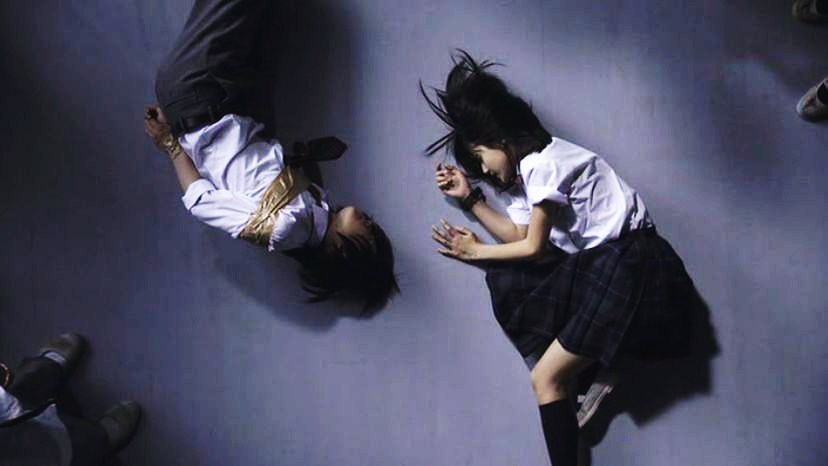
Based on the novel by Kanae Minato, “Confessions” deals with the tragic story of Yuko Moriguchi, a junior high school teacher. One morning in the classroom, after distributing milk to her students, she proceeds to inform them that this is her last day at school.
Two facts regarding this teacher were common knowledge, up to that point. Her husband is HIV positive and her daughter, who attended kindergarten, was drowned in the school’s swimming pool by accident. However, she discloses that her death was not an accident, but a murder, and the two perpetrators are presently in the classroom. She does not name them; nevertheless, she presents enough evidence for the rest of the class to not have doubts regarding the wrongdoers. Furthermore, she states that she has inserted blood from her husband inside the milk boxes of those two students, who have already consumed it.
Tetsuya Nakashima depicts the film mainly through flashbacks resulting from the confessions of the protagonists. Furthermore, he presents a number of social issues including sexuality, death and bullying, as well as the relationships between parents and children, between teachers and students, and between parents and teachers.
Another characteristic of the film is that the majority of the protagonists are drowning in their need for revenge, a notion that causes to the film’s audience to not be able to sympathize with any of them, despite the fact that they all are victims.
Equally impressive is the fact that he manages to provide humor, however cruel and dark, in a cold, psychological thriller.
Author Bio: Panos Kotzathanasis is a film critic who focuses on the cinema of East Asia. He enjoys films from all genres, although he is a big fan of exploitation. You can follow him on Facebook or Twitter.